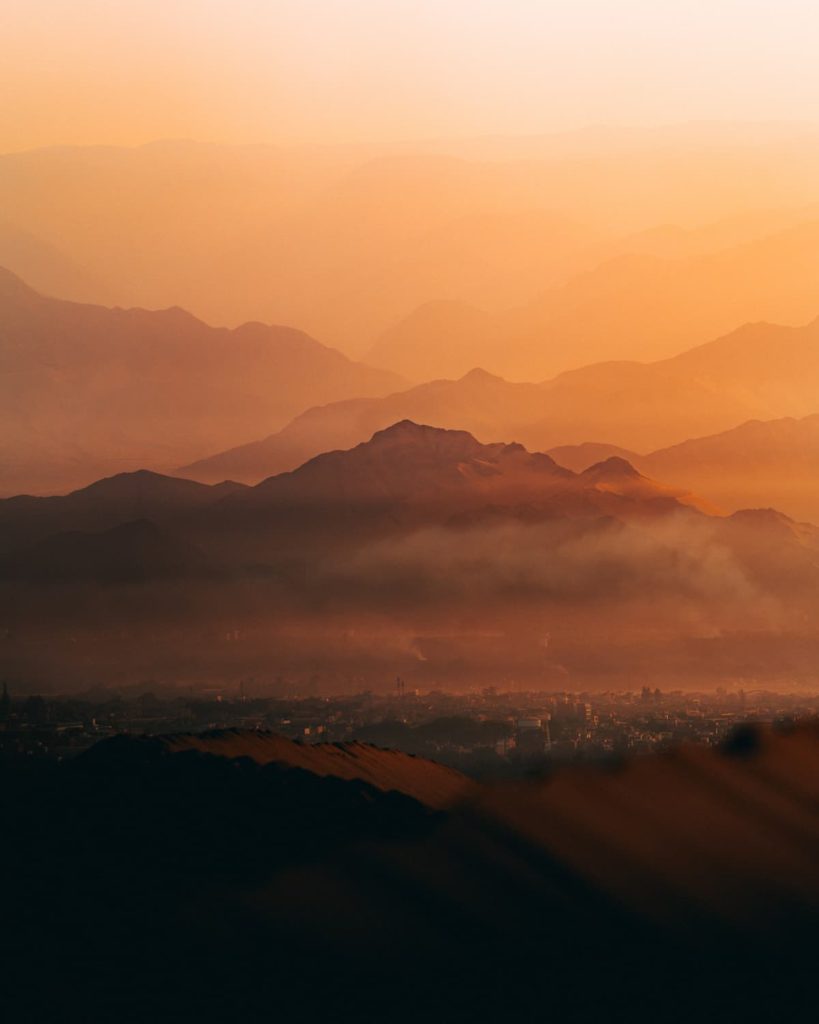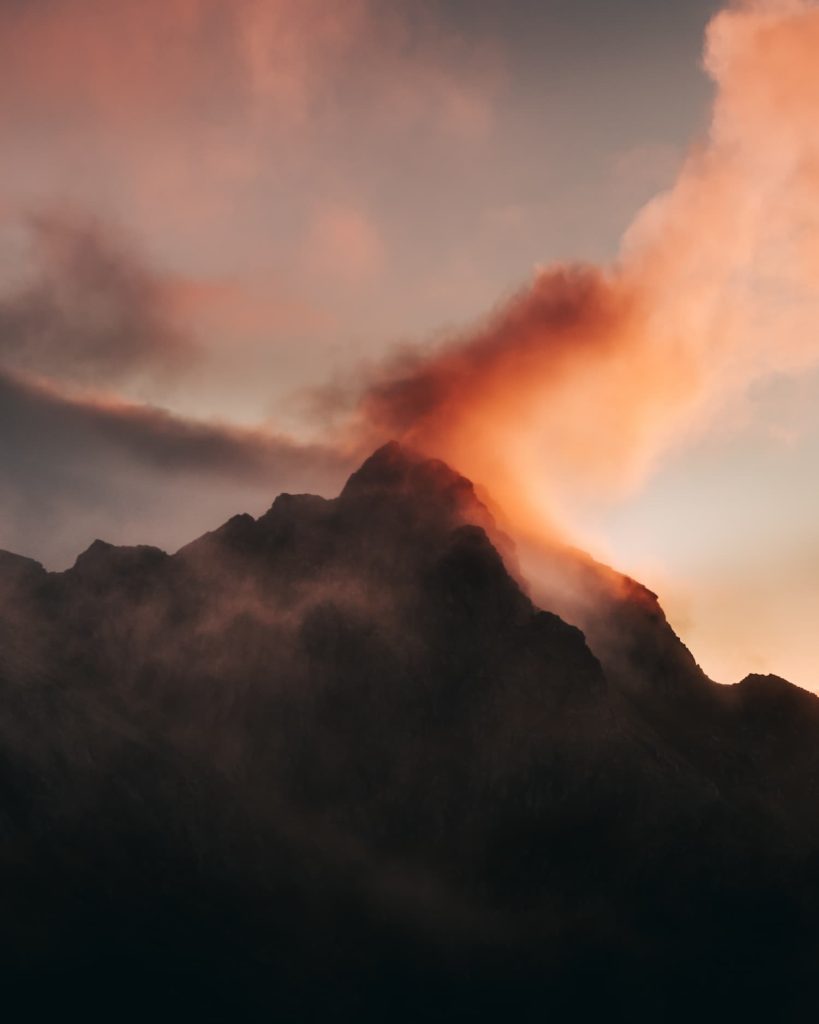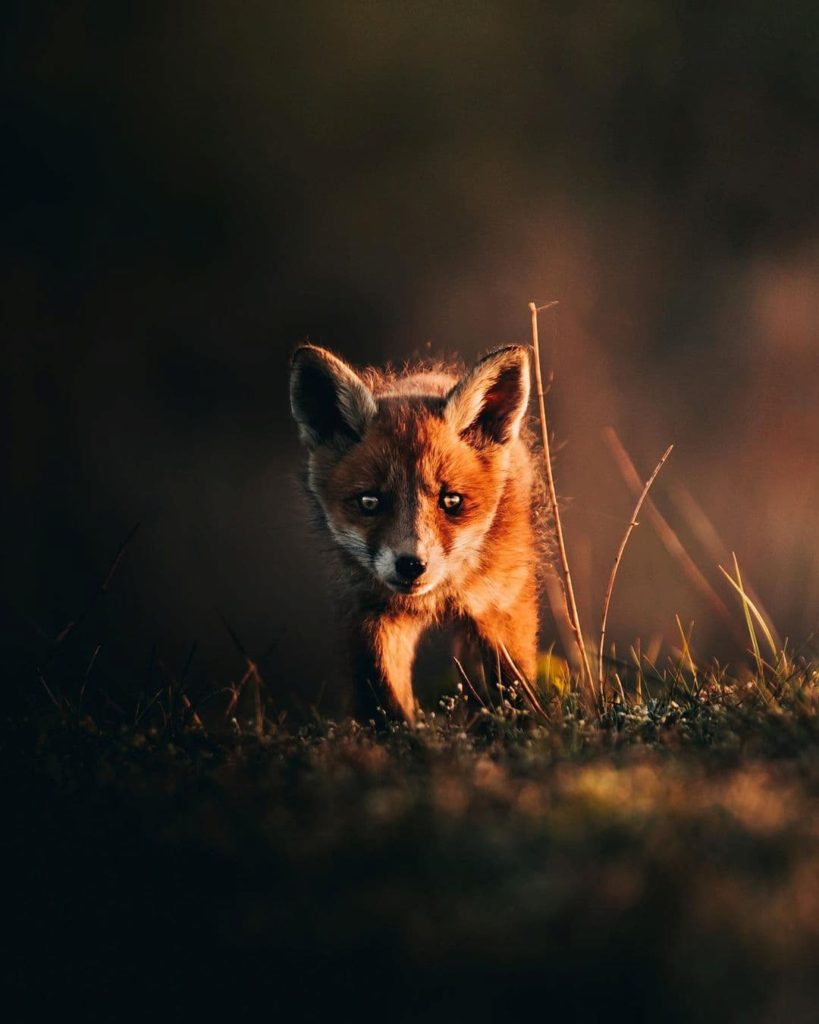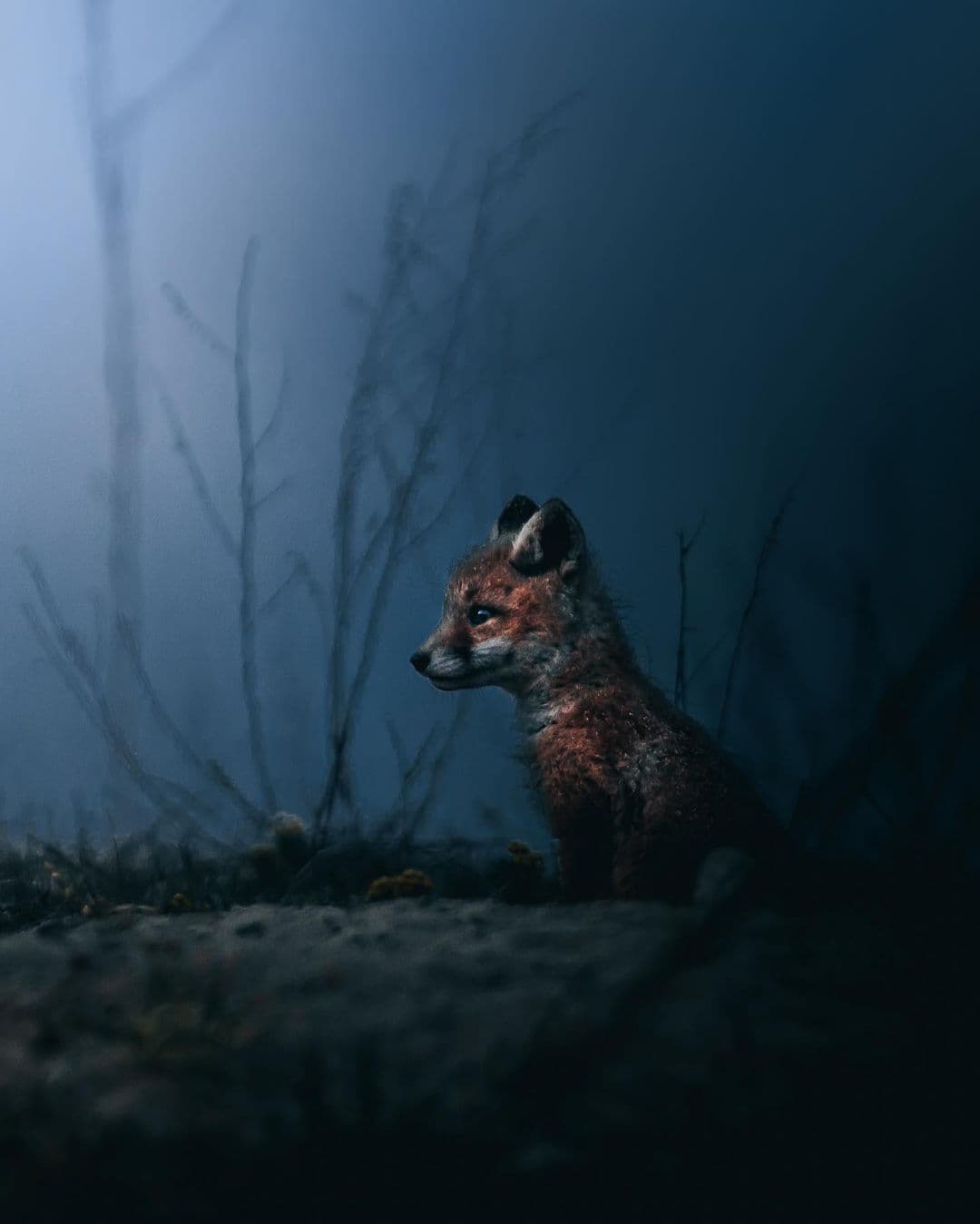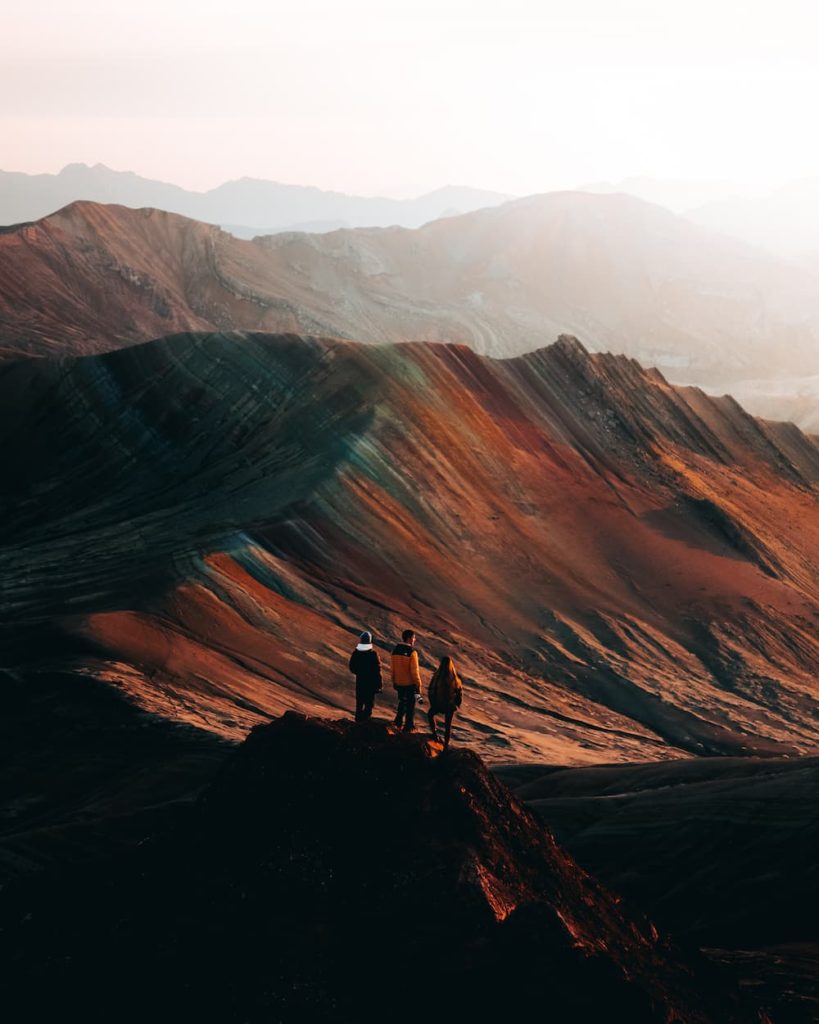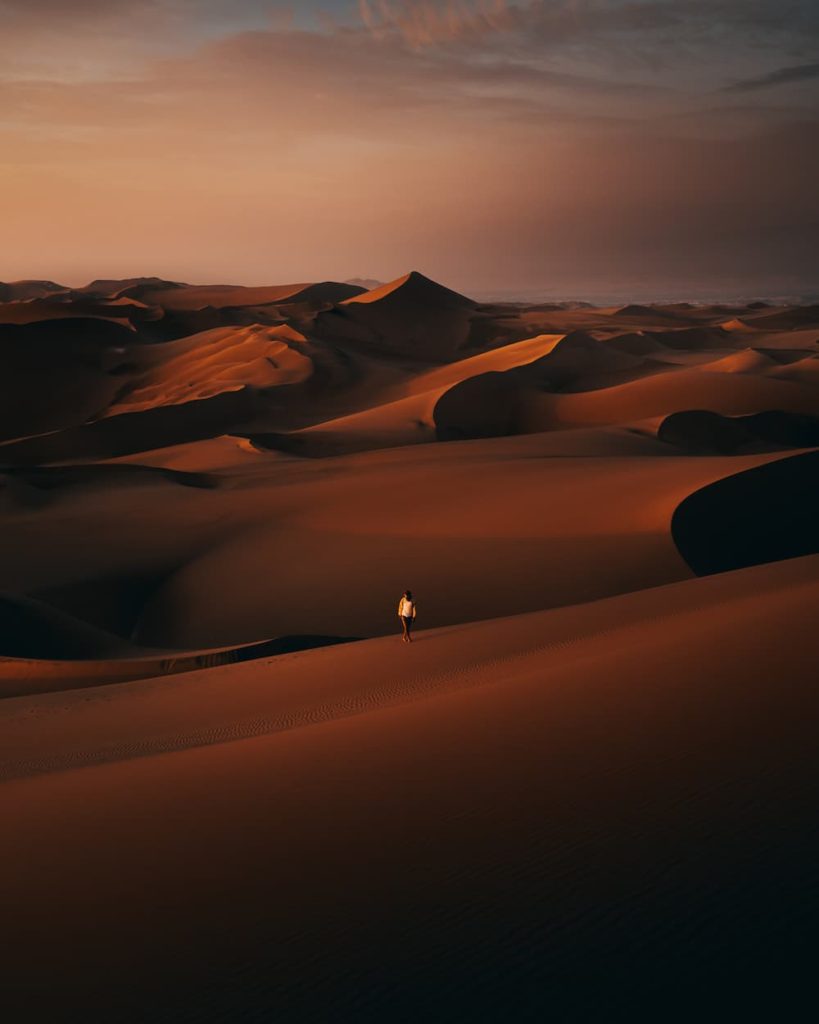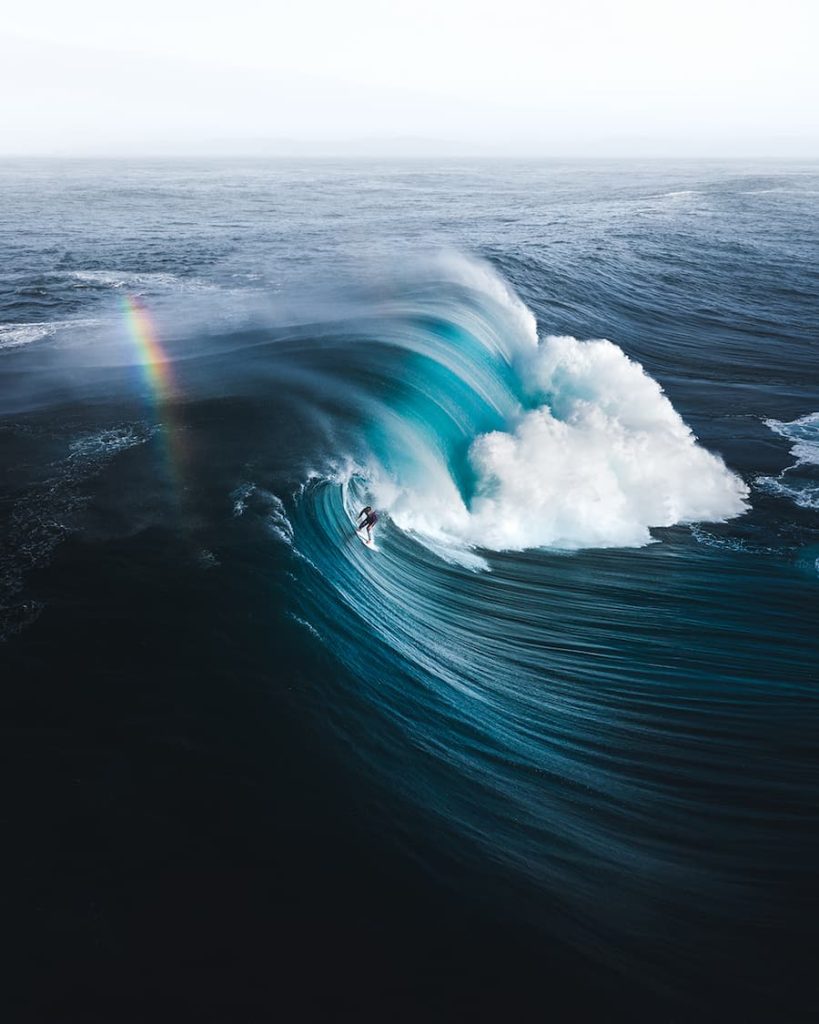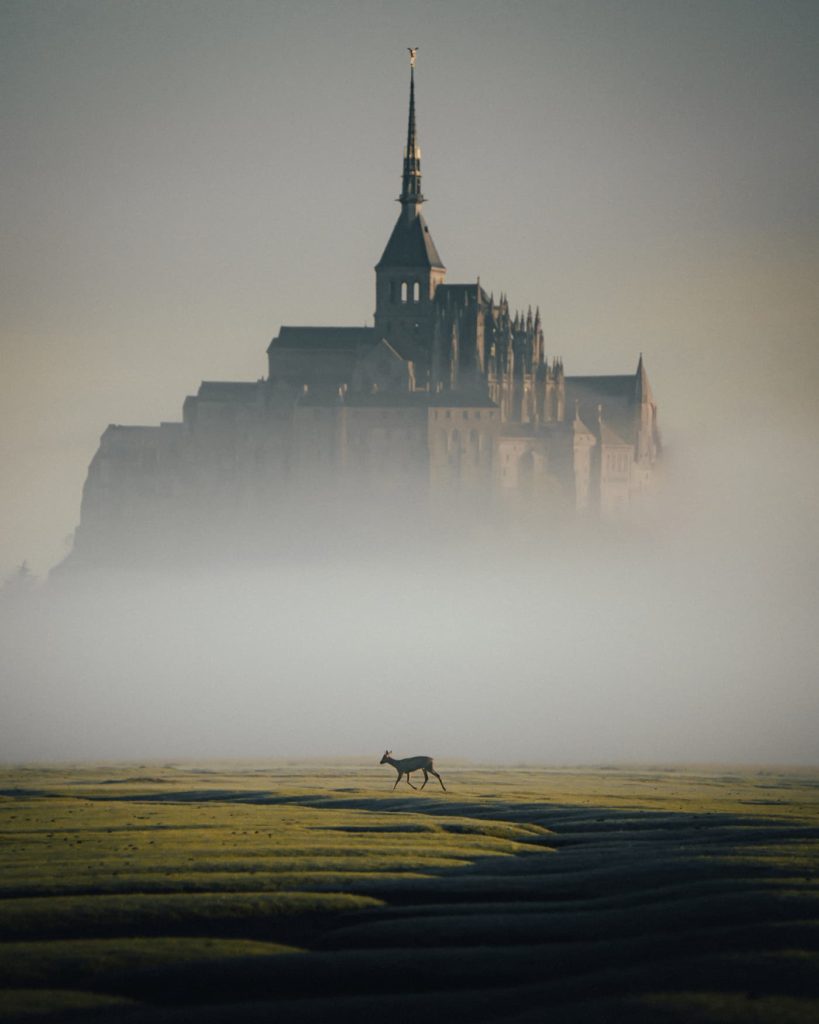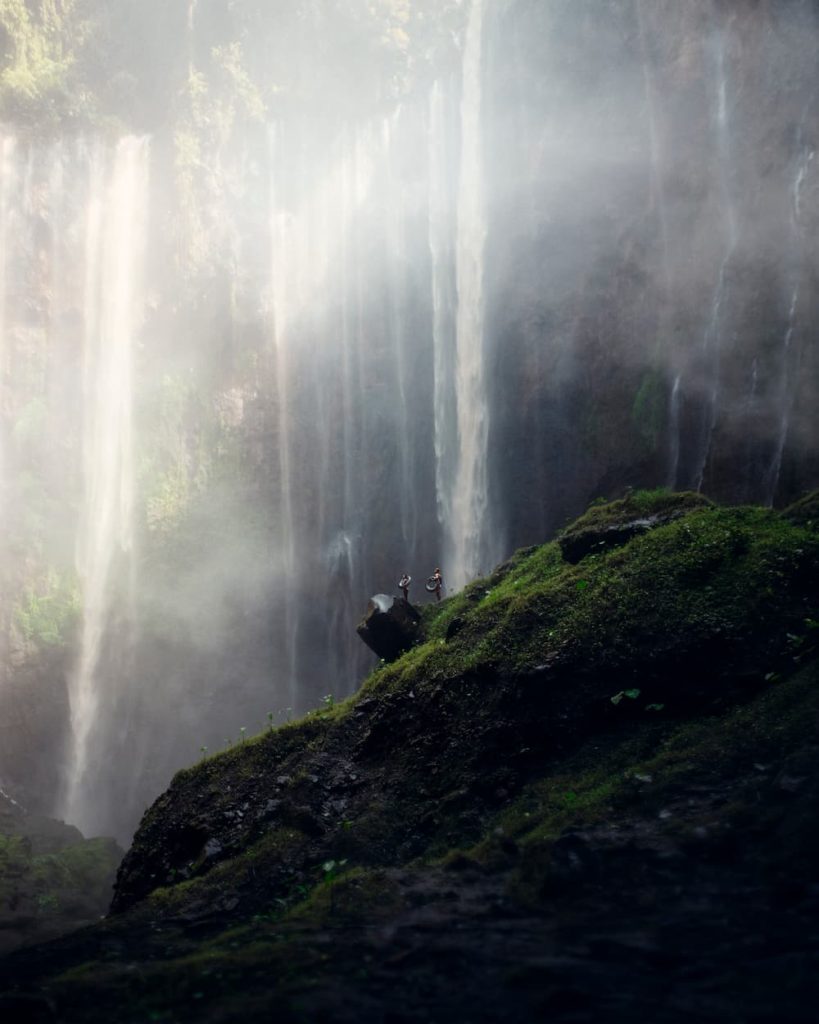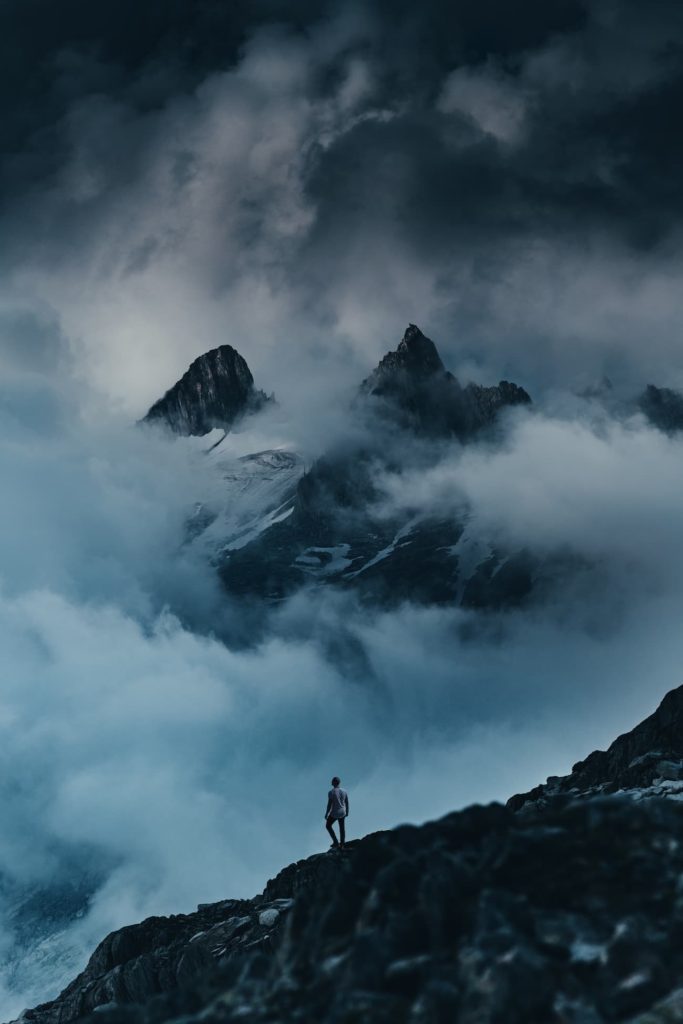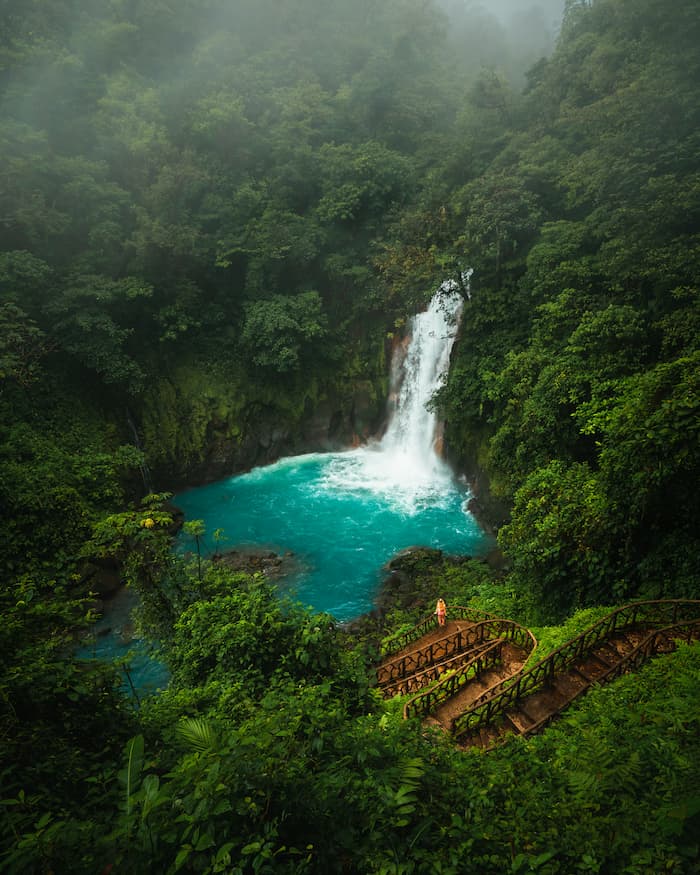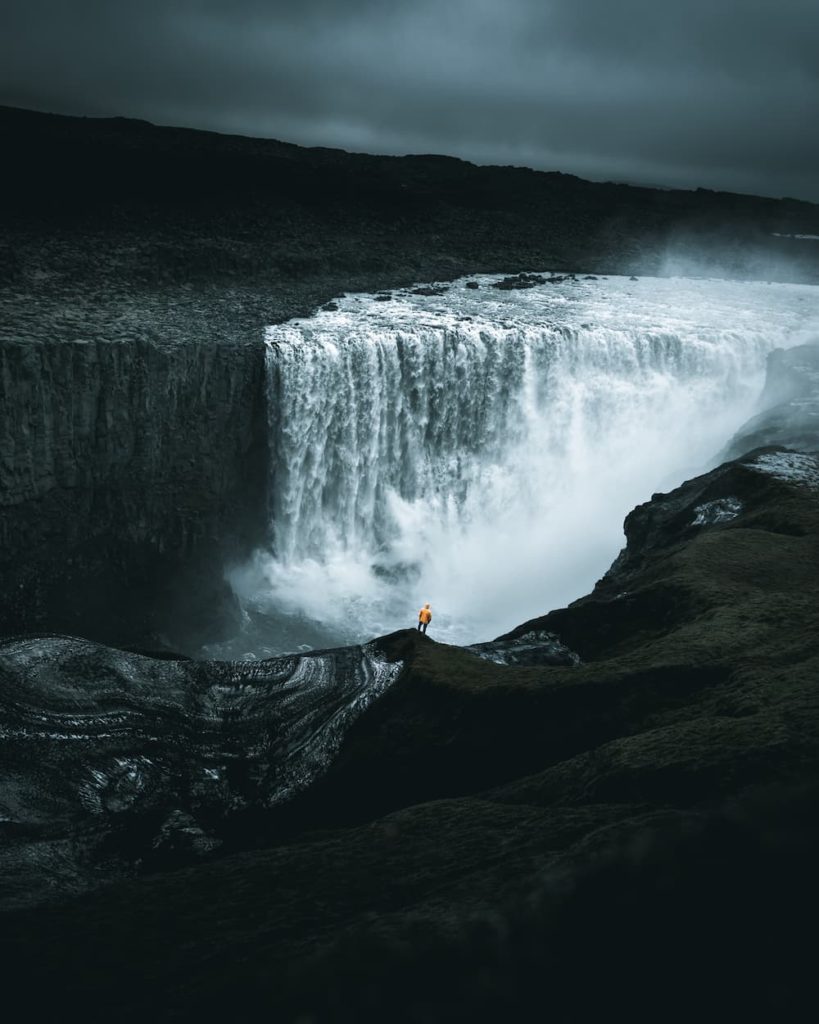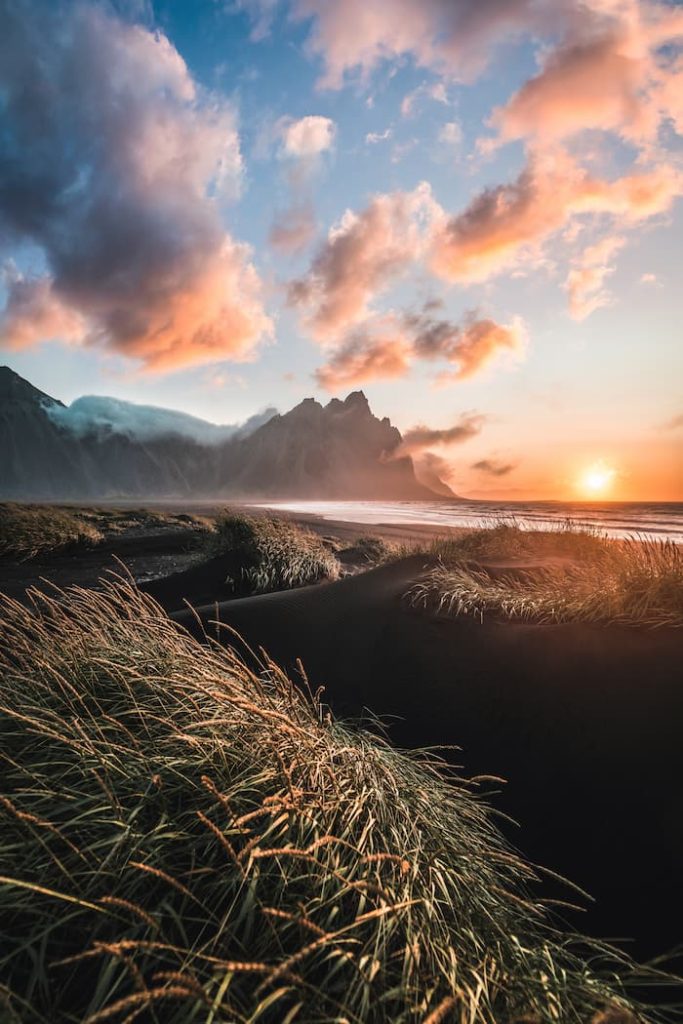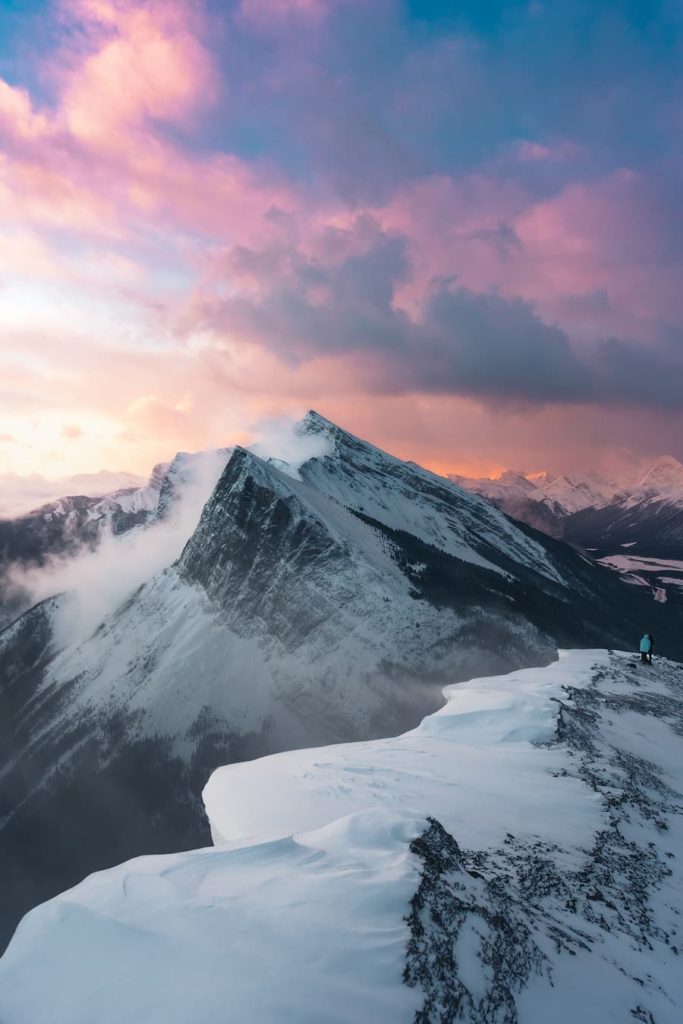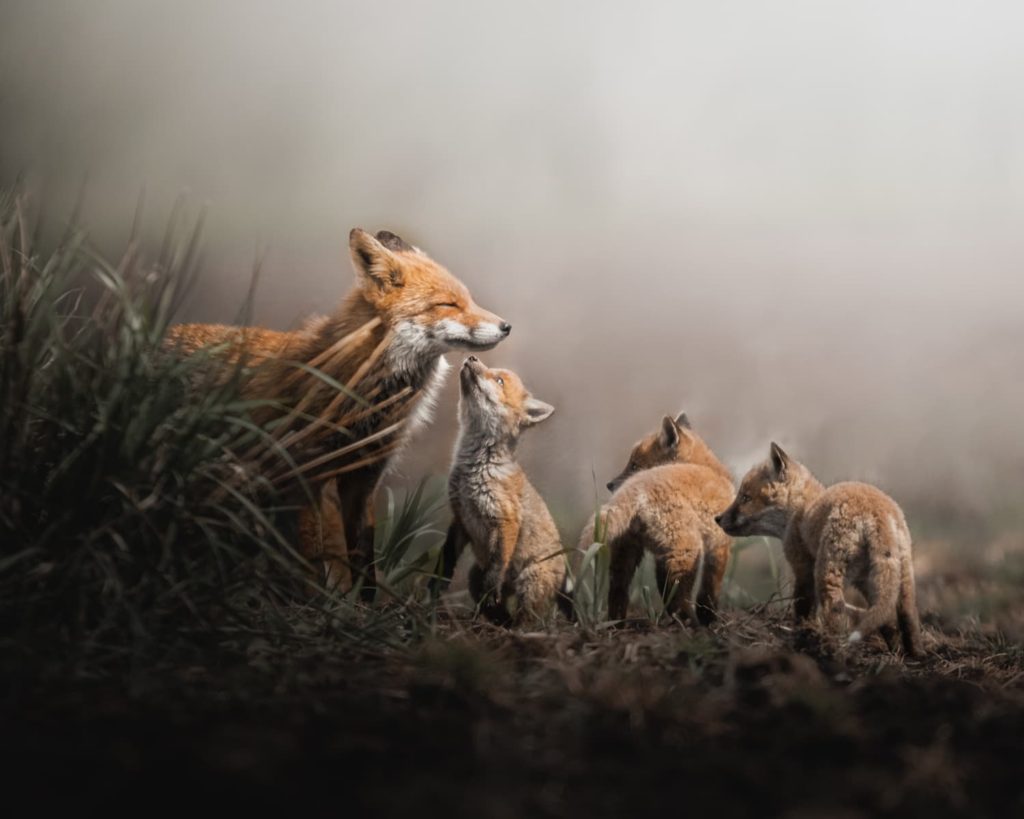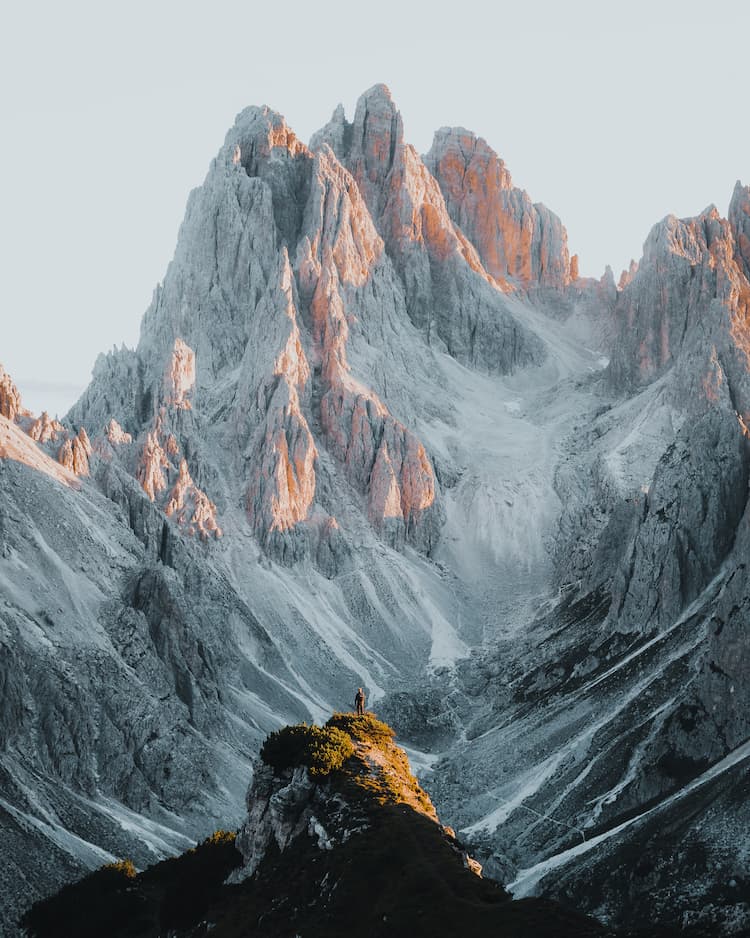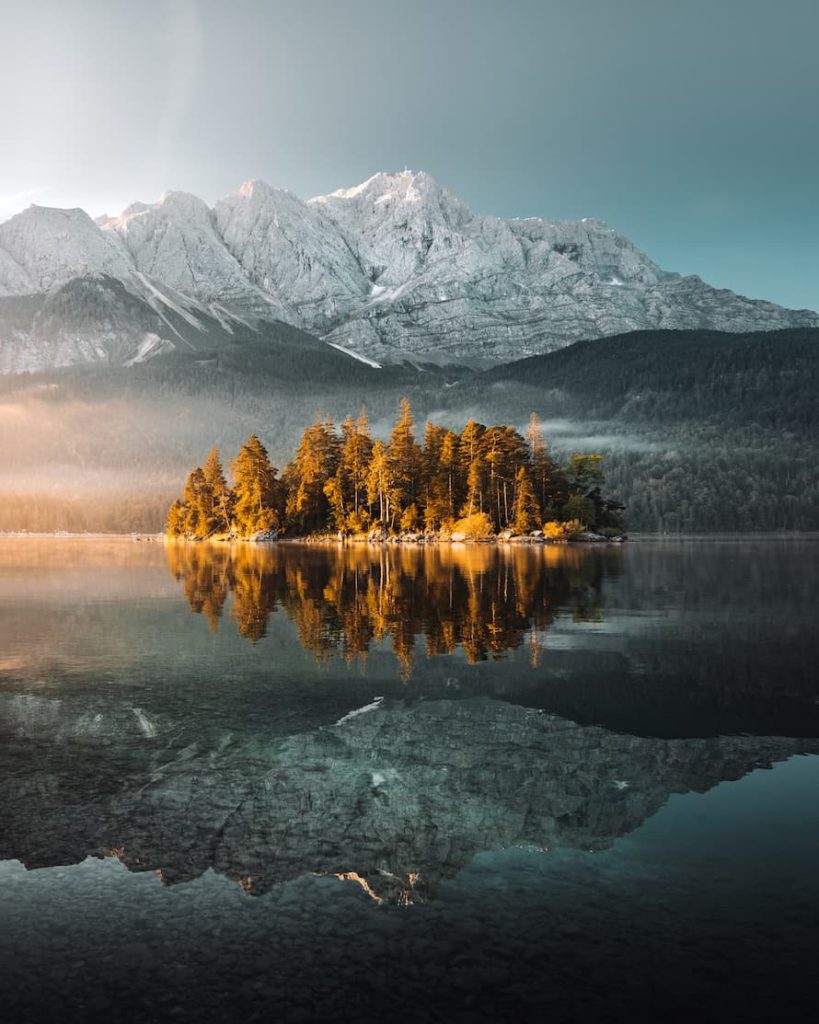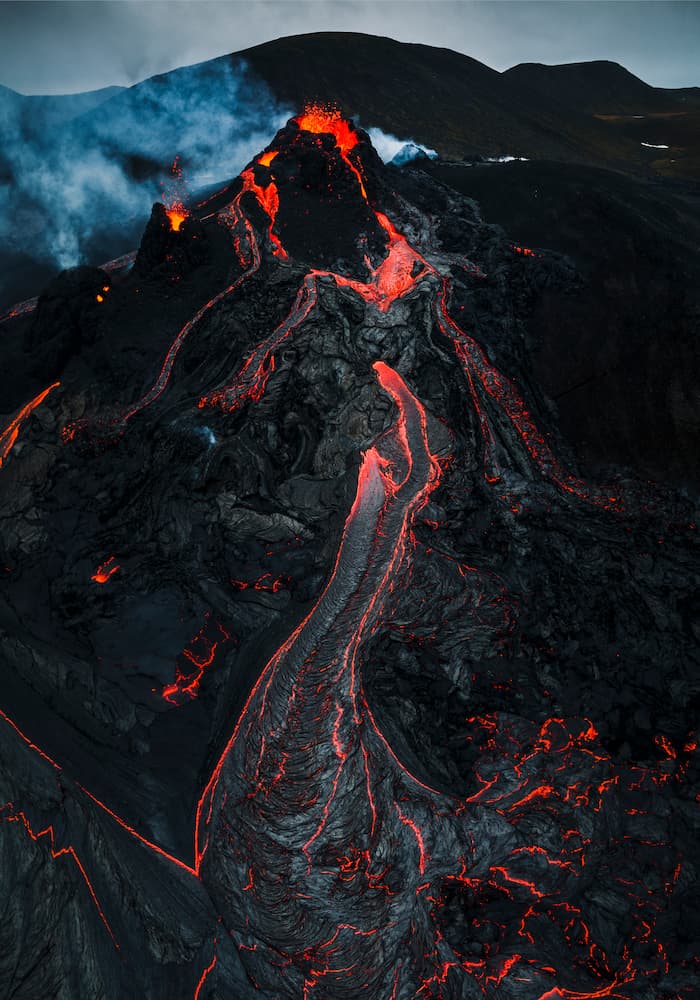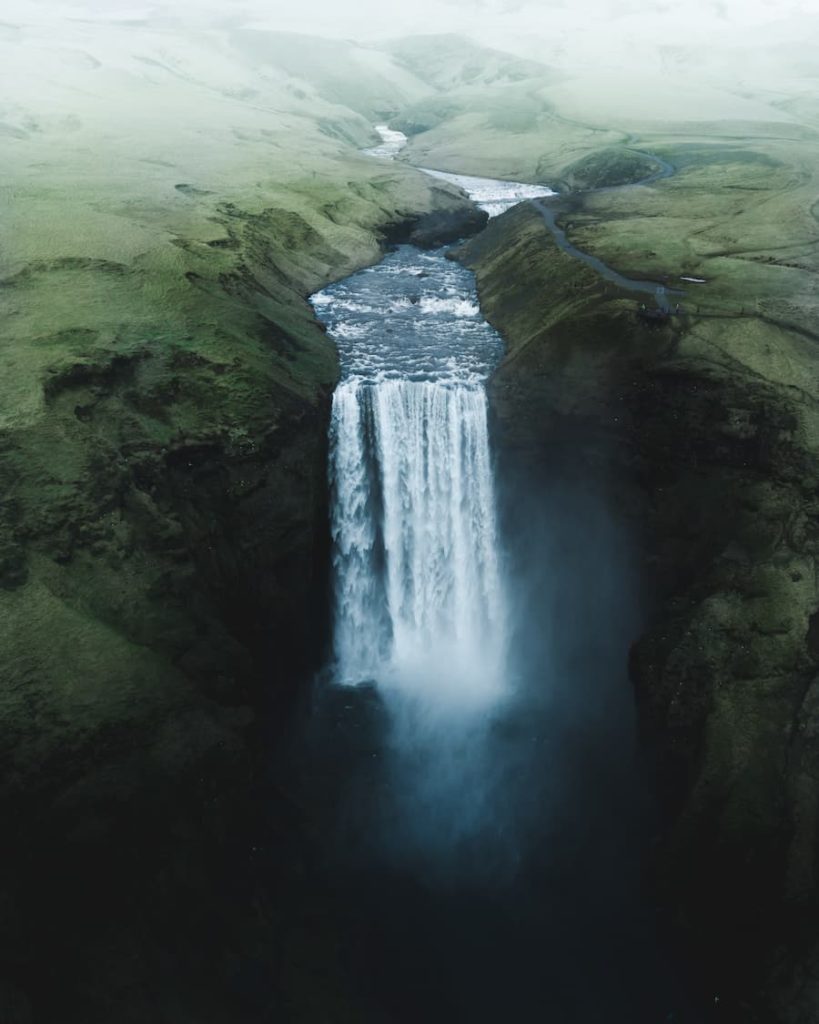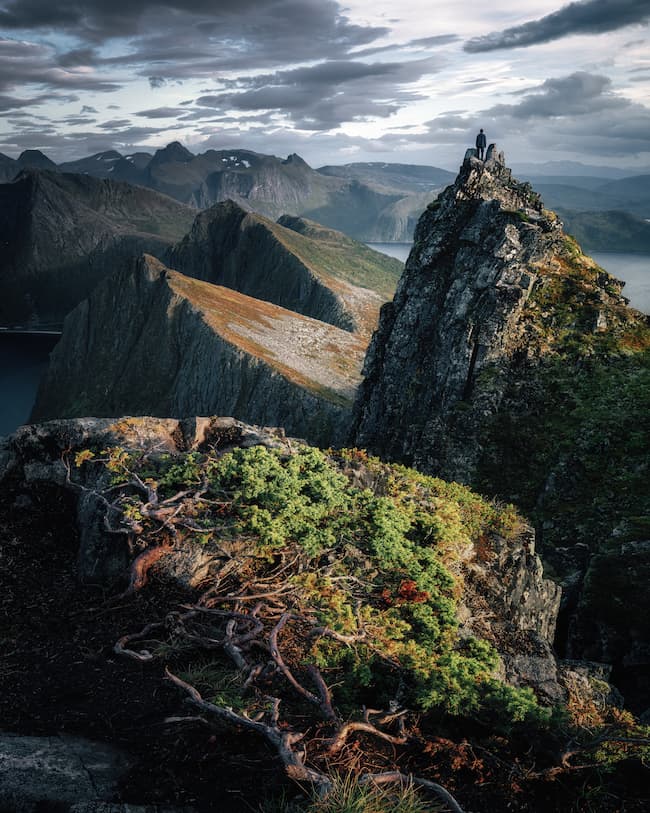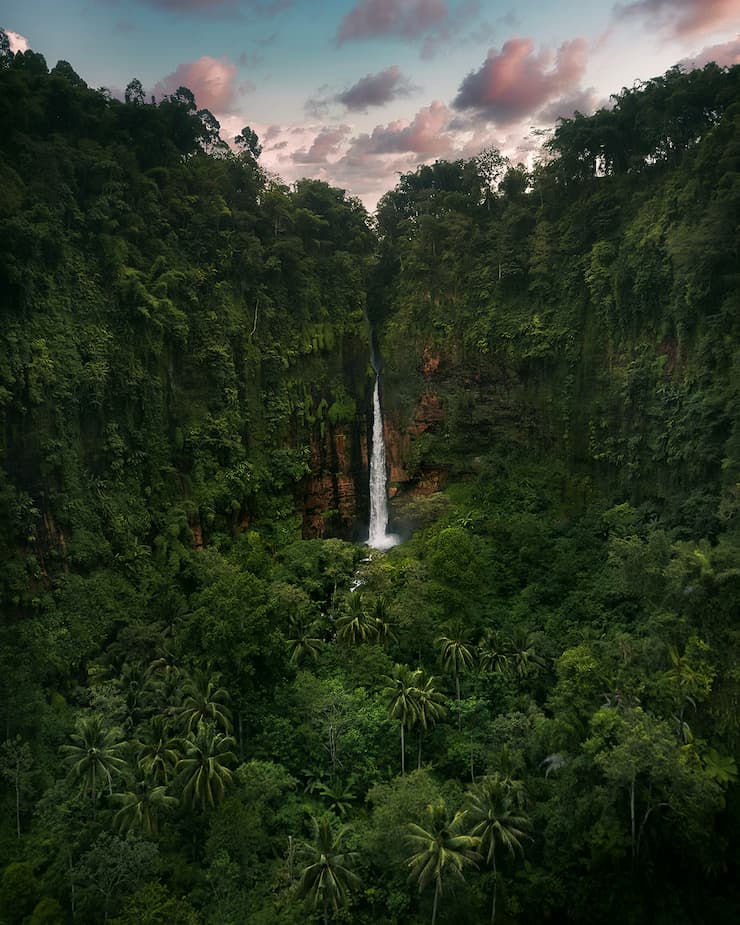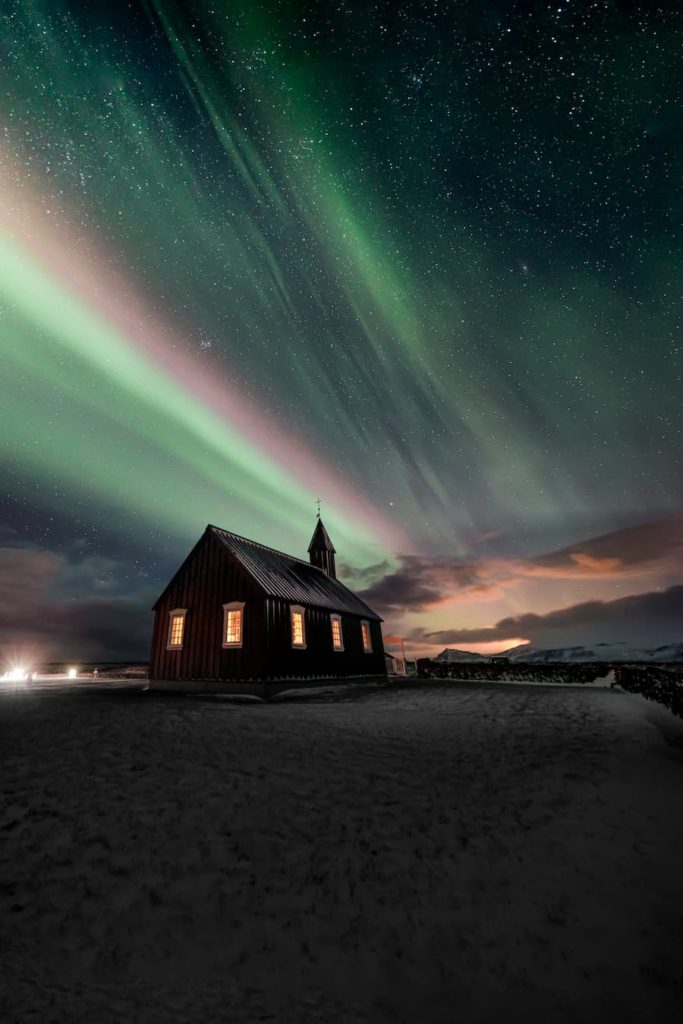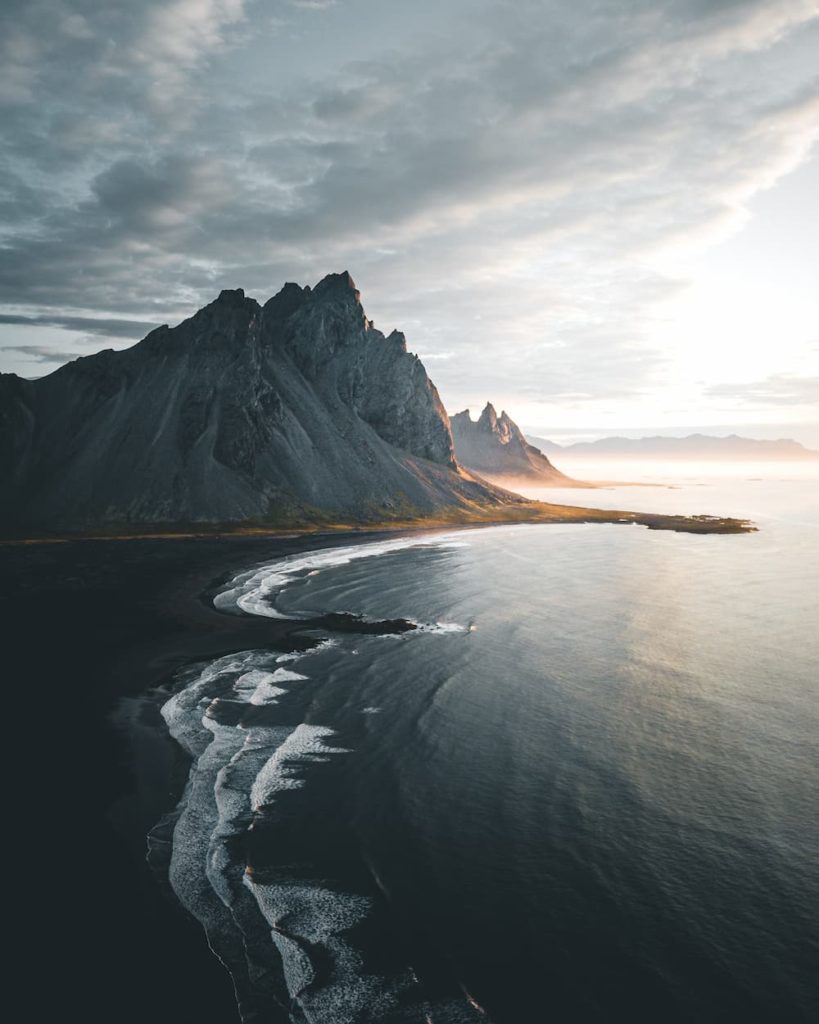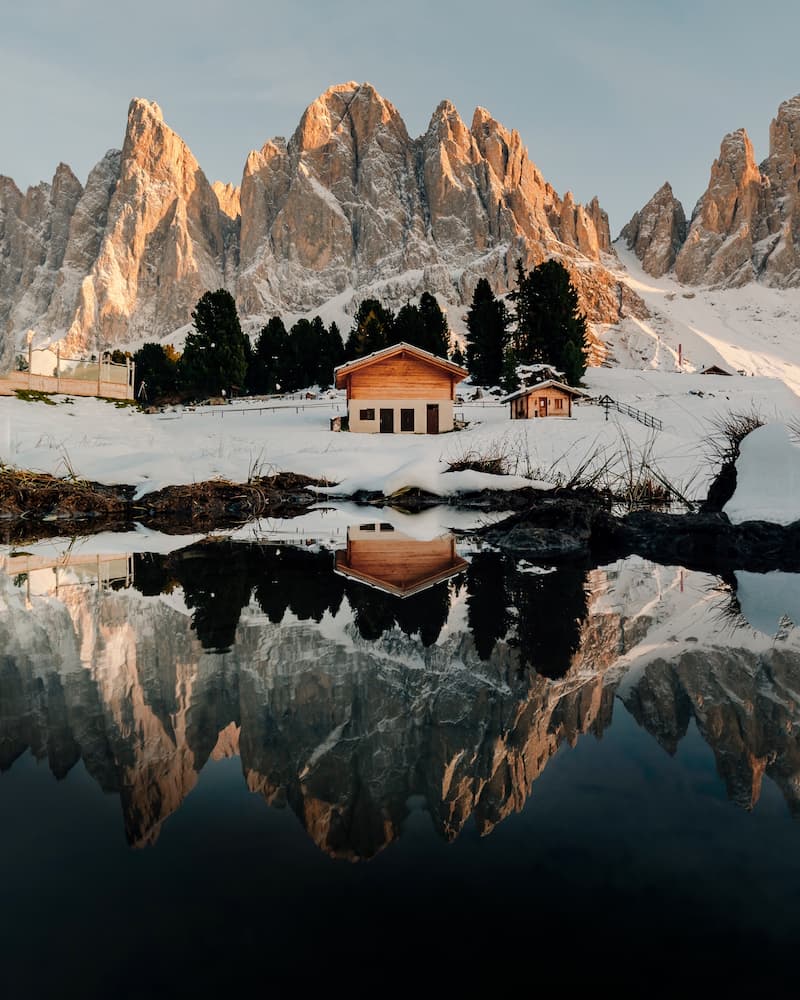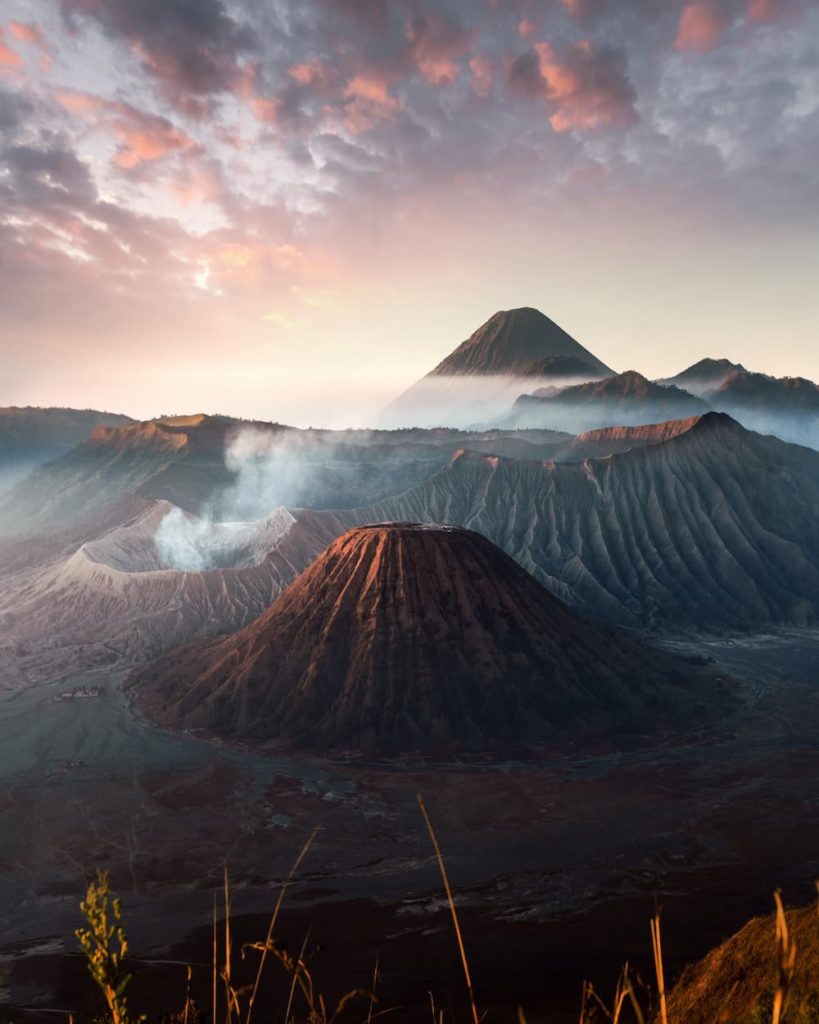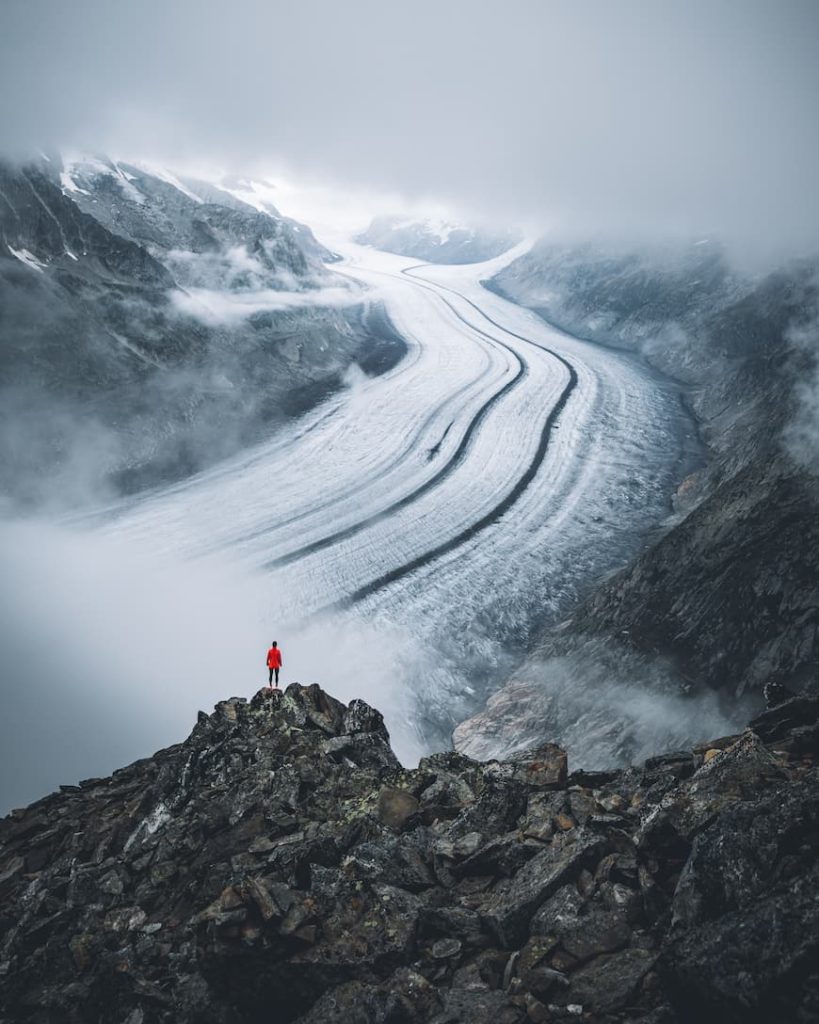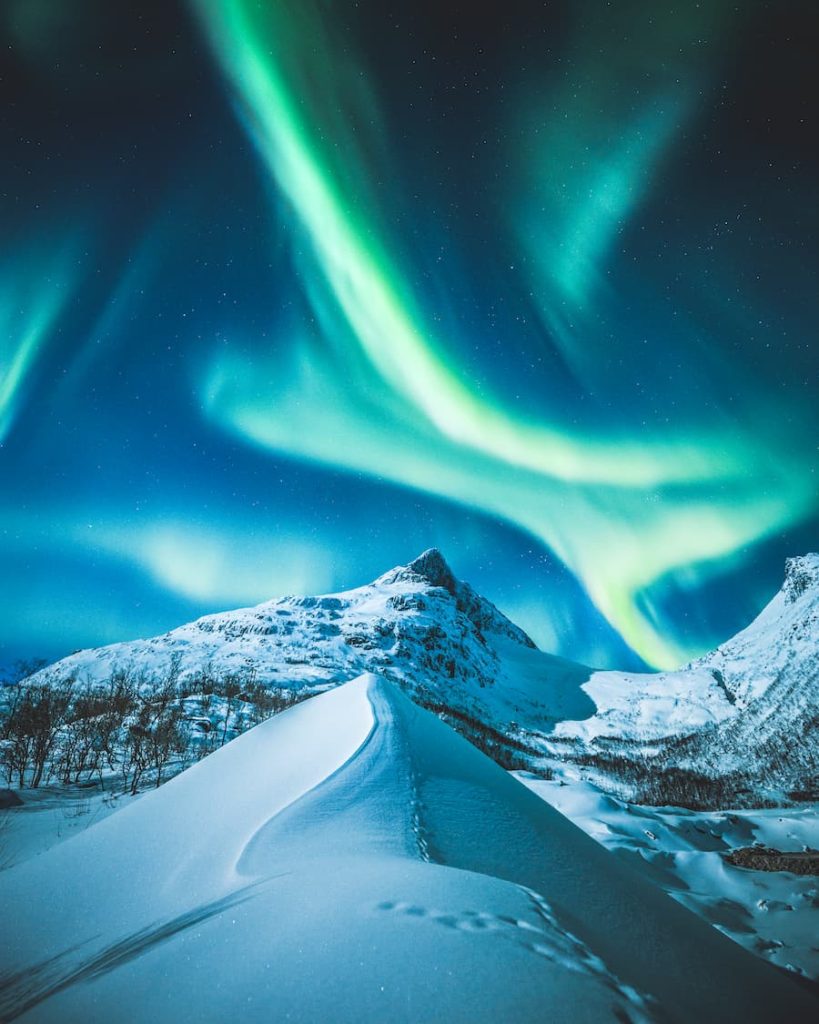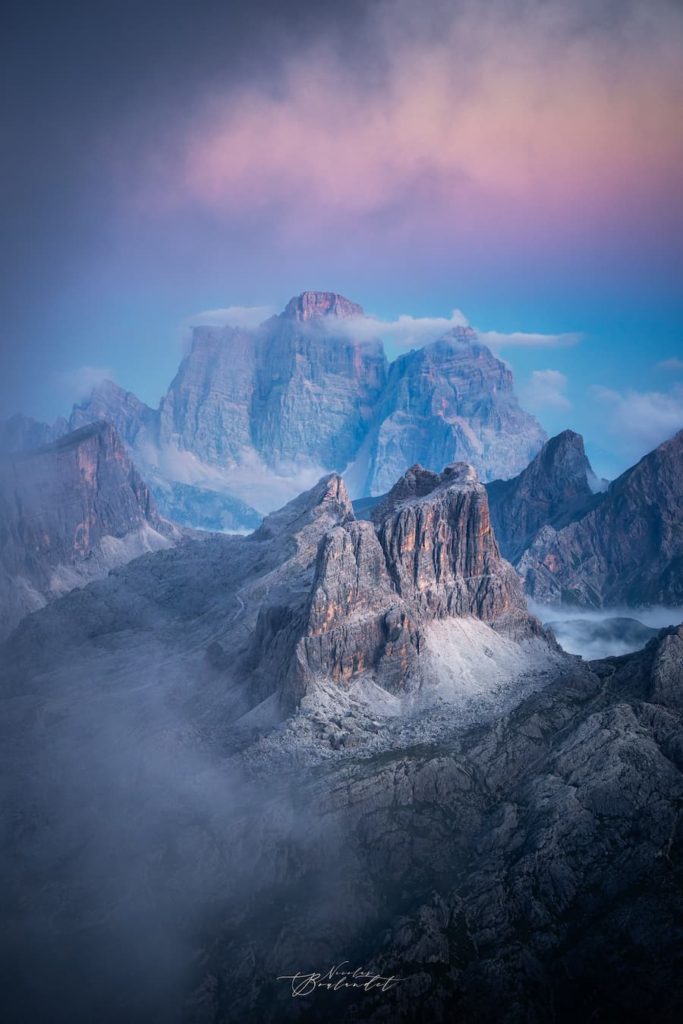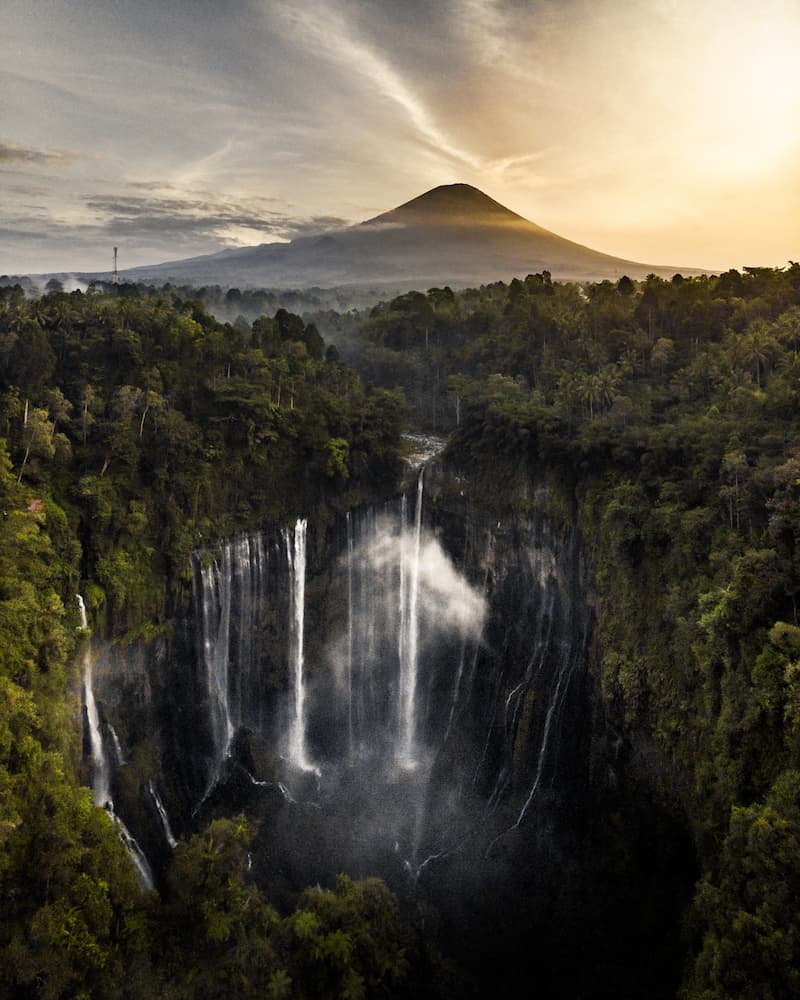
Frederik Schindler
@frederikschindler
Best of the week 5 at #nomadict 2022
There are heaps of projects and artists out there and many inspire me in some kind of way to improve my own visual creations and storytelling. Lately, the Yatreda Art Collective from Ethiopia has inspired me a lot. They combine art, film, photography, and meaningful storytelling in such an interesting and captivating way. Their latest project Strong Hair is just incredible. You can watch the trailer of the project here.
"Through their work, they draw attention to important things and raise awareness."
One other filmmaker who inspires me a lot for my art is Maceo Frost. He combines an analog and a digital style so well. The BMW – Everyday Adventure Project is a really good example of his style. He tells very meaningful authentic stories with his craft. I generally really like a whole bunch of analog photographers out there. The vibe of an analog photo is always different and often very raw.
Although filmmaking is my main work, I did work on my photography and my skills too. The focus on nature & adventure is the same, but I approach a location a little bit differently.
In the case of the winning shot, this day I was lucky. I waited just a couple of minutes near the den, so I could not believe my eyes when eight cubs came out to enjoy the last sun rays and started playing around so enthusiastically. It was a joy to watch this spectacle, and I tried to photograph it as best as possible.
I always try to improve my storytelling, and I would say I edit my pictures slightly differently than I did a couple of years ago – darker colors and more contrast. Developing my style has been and still is an ongoing process. But some steps certainly helped me:
1) To be consistent. In my case, producing content a few years ago was a challenge, but the overall process was also a great experience and brought me many opportunities. Having such pressure allowed me to step out of my comfort zone and go outdoors more often to find new places, moods, and angles to post something different every day.
2) Pushing hard and maintaining this mindset accelerated the learning process, figuring out faster what type of style I like. And above all, it allowed me to figure out the best ways to keep developing it.
3) Doing research. I have spent many long nights searching for interesting spots with unique vibes. I am always looking for places that resonate with me, and as soon as I find one, I plan it accordingly.
4) Look for attractive details or minimal compositions instead of the famous scenery.
5) Post-production is also really important, and this step is quite relevant to add your style to the photo. For the winning shot of the foxes, I added some dark areas to achieve such a mystical feeling. But I also wanted to balance everything, so I brightened up the spot where the sun was coming. I did this with some gradients in Lightroom.
6) In my photos, I want to maintain a specific palette of colors. So I adjusted the orange and the white balance in this shot also.
I always try to capture the beauty and realness of wildlife, to show that it is worth protecting our nature. I think I’ve no photographs that project a more real happy moment in the life of a fox than this one. I was very happy after this experience and realized one more time that I love to be in nature. It heals me and it brings me peace.
Would you like content like this sent to your inbox?
BEST OF THE WEEK JUNE 2021
BEST OF THE WEEK MAY 2021
BEST OF THE WEEK APRIL 2021
BEST OF THE WEEK MARCH 2021
BEST OF THE WEEK FEBRUARY 2021
BEST OF THE WEEK JANUARY 2021
NOMADICT
ART GALLERY
THE LATEST STORIES
WRITEN WITH PASSION TO INSPIRE YOU
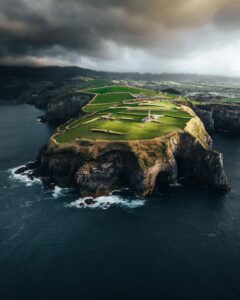
Photo tour in Azores, Portugal
Join us in the Azores for a unique photo tour, where you’ll elevate your creative skills with expert guidance from Ronald Soethje, Bruno Ázera, and Nomadict.
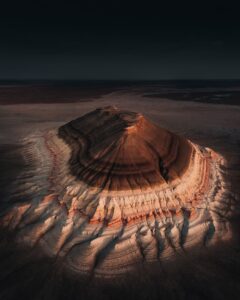
Forest Kai (@forest1kai): Photographer based in the US
In this article, Forest shares how years of chasing scale, silence, and raw landscapes shaped his approach to photography, from the deserts of Kazakhstan to the volcanic ridges of Iceland. He talks about how he uses light, texture, and vast negative space to create images that feel both intimate and overwhelming.
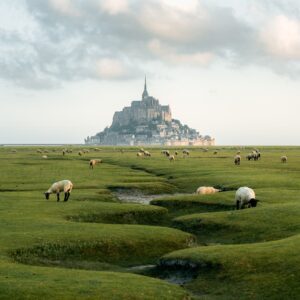
Simon Hechtbauer (@roamwithsimon): Best of the Week 32 at #nomadict
Simon shares the journey behind his photography, from early inspirations to field techniques, editing, and the story of the winning shot that shaped his path.

Miroslav Maršík (@miromarsik): Photographer based in Czech Republic
In this article, Miro shares how his love for cinematic music evolved into a deep passion for photography and how he uses light, color, and atmosphere to turn the streets of Prague into living film scenes.

Aurora photography panorama workflow: A guide to camera settings, editing, and color
In this article, Stefanie reveals how her background in physics sparked her passion for astrophotography and how she blends science with creativity to capture the beauty of the night sky. Readers will discover her approach to color, contrast, and editing, as well as her aurora photography workflow.

Yhabril (@yhabril): Best of the Week 33 at #nomadict
Spanish photographer Yhabril captures the profound connection between humans and the mountains that shaped him. Growing up in the Pyrenees, his work bridges outdoor sports, landscapes, and celestial scenes — often blending athletes, moonlight, and wilderness into striking visual stories.

Ariane Totzke (@besondersschwierig): Photographer based in Switzerland
In this article, Ariane shares how photography helped her navigate personal challenges, connect authentically with people and animals, and develop a philosophy rooted in empathy and artistic freedom. Readers will also discover her ethical approach to wildlife photography and her trusted equipment for both camouflage techniques and cameras.

How to photograph Dutch tulip fields: A guide to light, gear, composition, and colors
Discover how to photograph Dutch tulip fields in their most magical light. From choosing the right gear and lenses to mastering composition, color, and aerial perspectives, this guide shares creative techniques to capture the beauty of the Netherlands’ tulips. Learn how light, color grading, and proportion bring emotion into every frame.


